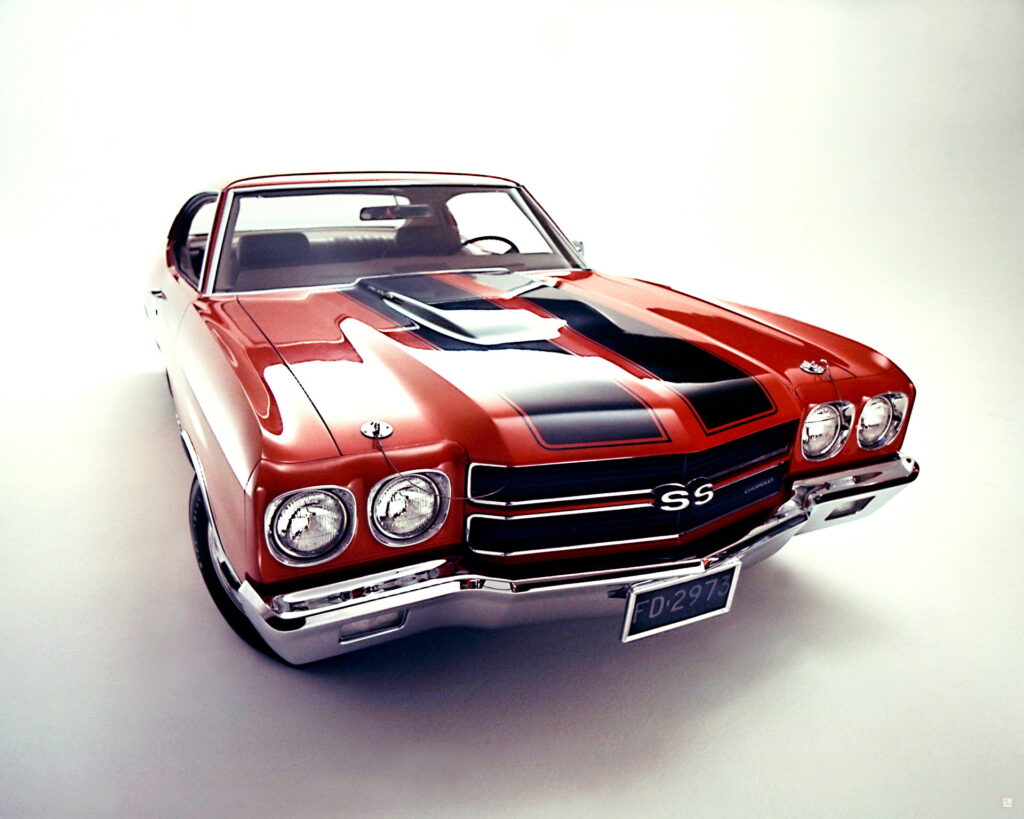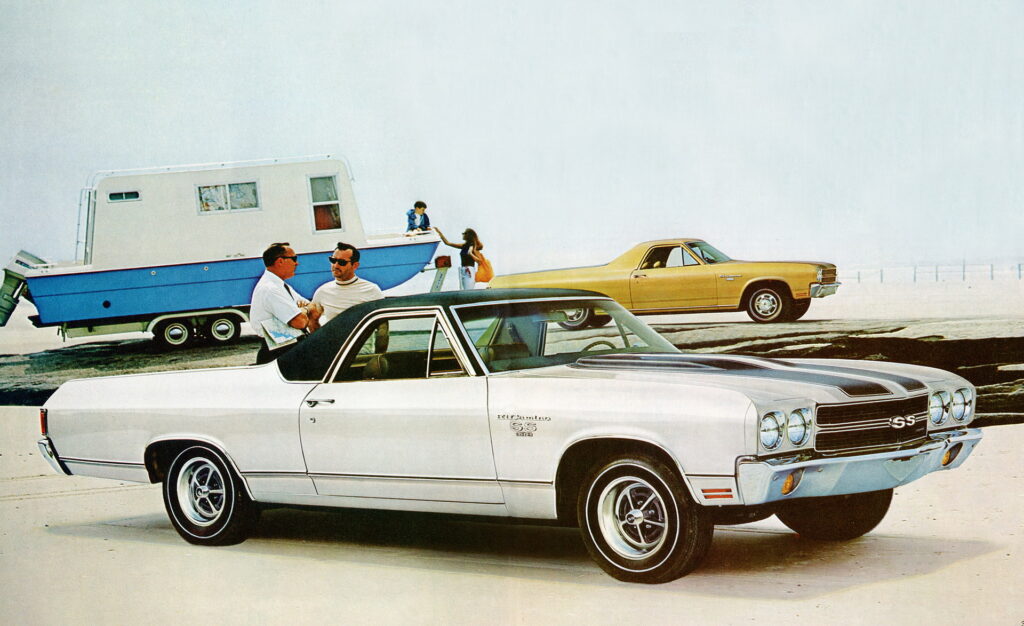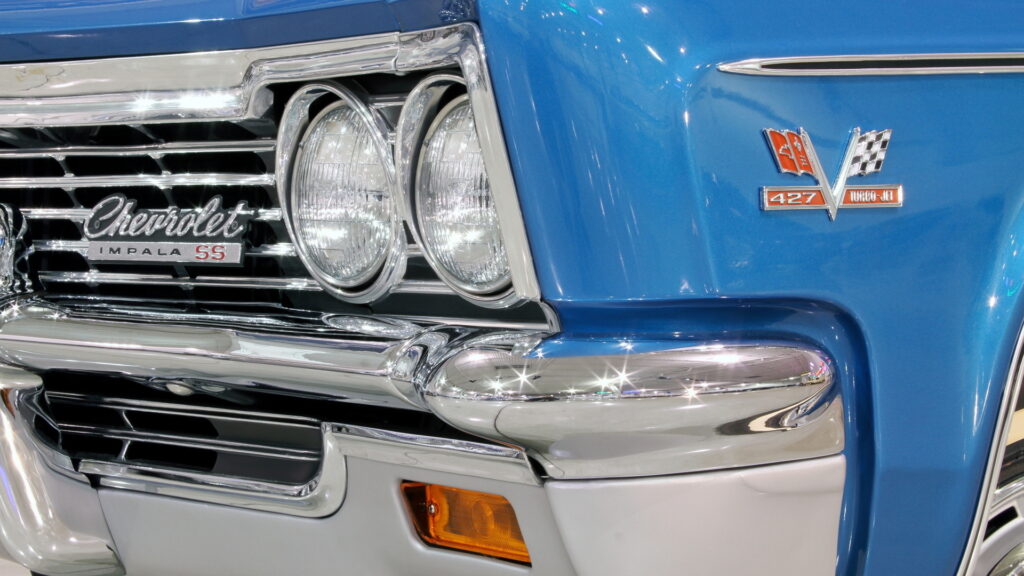Since 1986, California has classified hexavalent chrome as a toxic air contaminant to which there is no safe level of exposure. Despite that, it remains the ingredient used in chrome plating, but California is looking to change that with a new proposed ban on the substance.
Hardened chrome is harmless, meaning that you don’t have to worry about your classic car’s bumper or trim. If it needs to be re-chromed, though, there are risks for those in around the plating facilities.
That’s because the process of chrome plating involves dipping a part into a tank of liquid through which an electric current is run, allowing hexavalent chrome to adhere to it. The process causes the liquid to bubble and burst, releasing dangerous vapors into the air.
Contained within the vapors is a potent carcinogen, which is said to be 500 times more toxic than diesel exhaust. More alarming still, about nine percent of chrome plating businesses are located within 1,000 feet (305 meters) of a school, and more still are located in low income and disadvantaged areas, the Los Angeles Times reports.
Read: California Poised To Vote On 2035 ICE Ban

That’s why the California Air Resources Board is looking to ban the use of chrome-6 in decorative plating by 2027 and in industrial uses by 2039. The landmark decision would be unprecedented.
“We would be the first jurisdiction in the world to phase out hexavalent chromium in the plating industry,” Jane Williams, executive director of California Communities Against Toxics, told the LA Times. “Even the EU hasn’t done it because they haven’t found a substitute for crucial uses. We would be working with the industry and the military to actually identify new coatings. That’s precedent setting.”
According to industry representatives, though, platers contribute just one percent of overall hexavelent chrome emissions – something proponents of this ban acknowledge, but argue is less important than the strong concentrations that form surrounding chrome-plating facilities.
Experts also argue that the industry is not yet ready to move away from hexavalent chrome. While trivalent chrome has been proposed as a substitute, retrofitting a business to use the material is expensive, and the result is much darker than hexavalent chrome, causing concerns from an aesthetic perspective.
In the aerospace industry, the other big user of chrome parts, trivalent chrome doesn’t meet the U.S. Department of Defense’s specifications for thickness, hardness, and corrosion resistance. That’s why the industry is being given more time to phase the process out.
CARB acknowledges, though, that this ban could cost jobs and have wide-ranging effects on the 110 chrome platers that operate in the state and the sectors related to the industry. Industry experts, meanwhile, predict that chrome platers will simply move out of state, rather than pay to retrofit their factories to use what is seen by many to be an inferior product.
If the rule is approved, though, the California state Legislature has allocated $10 million per year for three years to help the industry transition away from hexavalent chrome.





